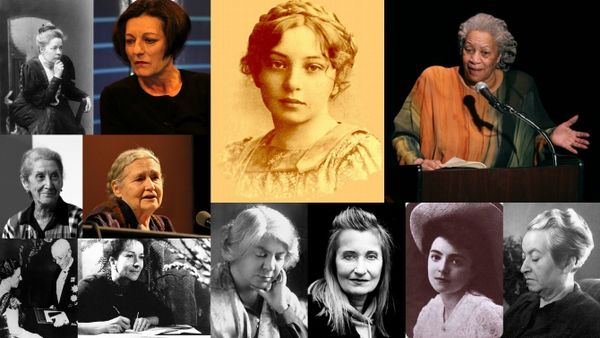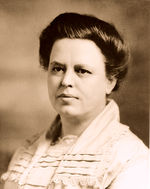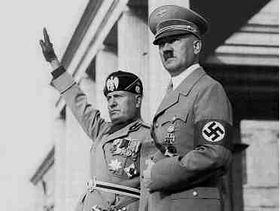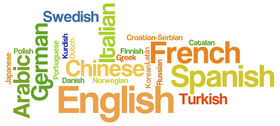Difference between revisions of "Category:Women Authorship--1930s"
| Line 32: | Line 32: | ||
A graduate from the University of Chicago, [[Mary Edith Andrews]] published in 1934 a book on Paul in which she denounced the prevalent anti-Jewish interpretation of the apostle, arguing that Paul had offered in his letters a biased and "distorted" view of Judaism, to which no historical value should be given. | A graduate from the University of Chicago, [[Mary Edith Andrews]] published in 1934 a book on Paul in which she denounced the prevalent anti-Jewish interpretation of the apostle, arguing that Paul had offered in his letters a biased and "distorted" view of Judaism, to which no historical value should be given. | ||
In the arts, [[Minerva Teichert]] emerged as the most respected interpreter of Mormon visual art. | |||
}} | }} | ||
Revision as of 06:32, 1 October 2015
|
An ordained minister in the Church of the Nazarene, Olive May Winchester was the first woman admitted to and graduated from (1912) the Bachelor of Divinity program at the University of Glasgow, Scotland, and first woman ever ordained by any Christian denomination in Scotland. Professor of Biblical literature at Northwest Nazarene College (1918-1935) and Pasadena College (1935-1947), she completed in 1932 a biographical work on the Historical Jesus. A graduate from the University of Chicago, Mary Edith Andrews published in 1934 a book on Paul in which she denounced the prevalent anti-Jewish interpretation of the apostle, arguing that Paul had offered in his letters a biased and "distorted" view of Judaism, to which no historical value should be given. In the arts, Minerva Teichert emerged as the most respected interpreter of Mormon visual art.
|
|
Pages in category "Women Authorship--1930s"
The following 16 pages are in this category, out of 16 total.
1
- Paul in Athens (1930 Cummins), vision
- Le Féminisme de la Bible: Tome I (Feminism of the Bible: vol. I / 1930 Gadala, Pettier), book
- Égypte - Palestine: du Sphinx à la Croix (1930 Gadala), book
- The Divinity of the Roman Emperor (1931 Taylor), book
- Barabbas (1932 Field), poetry
- Christ's Life and Ministry (1932 Winchester), book
- The Great Days of Ephesus (1933 Cummins), vision
- The Brother (1933 Wilson), play
- The Ethical Teaching of Paul (1934 Andrews), book
- Mary Magdalen (1934 Olivier), novel
- The Legions Go North (1935 Christian), novel
- The Childhood of Jesus (1937 Cummins), vision
- When Nero Was Dictator (1939 Cummins), vision
- Queen Esther (1939 Teichert), art
Media in category "Women Authorship--1930s"
This category contains only the following file.
- 1939 Hurston (novel).jpg 332 × 499; 40 KB




